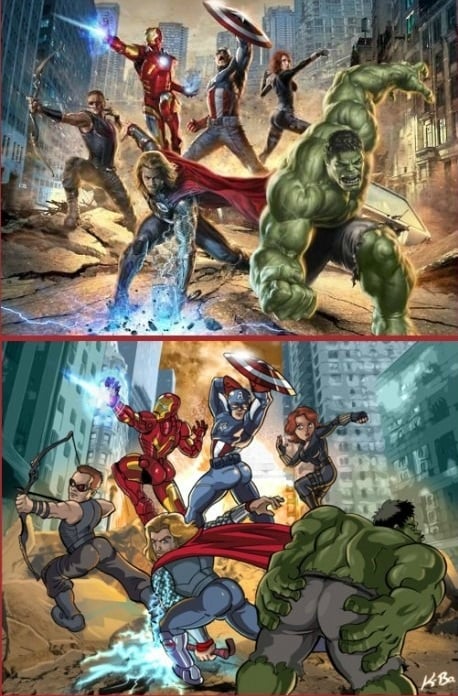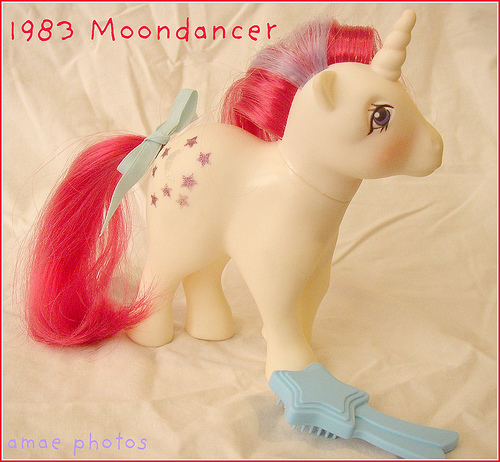This series is seriously wringing some serious handwringing out of me.
To be clear, not once have I created a post by first finding the evidence of evolution and then posting it.
It’s been more like this:
- “gee, I remember Candy Land looking a lot different…let me get out my old board.”
- “Oh, hey, Strawberry Shortcake, I love her! Is she still a thing?”
- “Polly Pocket! Is she still around?”
Indeed, she is, but like the rest of the artifacts in this series (even the ponies, for cryin’ out loud) she has gotten taller, thinner, and sexier.
I had a 1989 Polly Pocket–Polly’s Townhome, I do believe–and I loved it. How fun to have a tiny dollhouse you could bring with you anywhere!
The original (circa 1989) Polly Pocket figures looked like this:
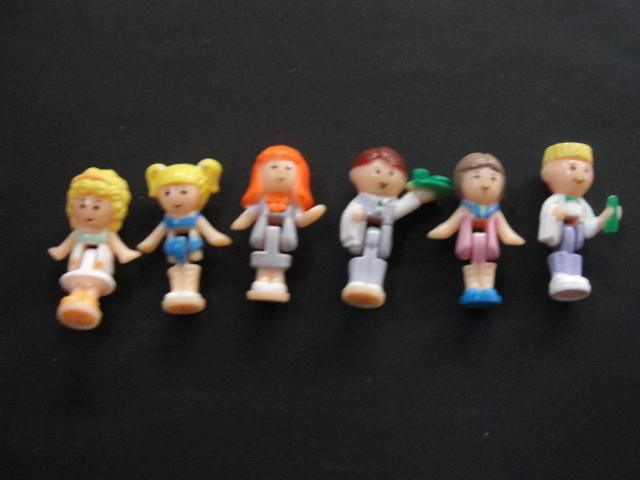
Let’s just run through the years quickly, shall we?

Note 2 things about these early figures:
1. essentially childlike
2. not sexy

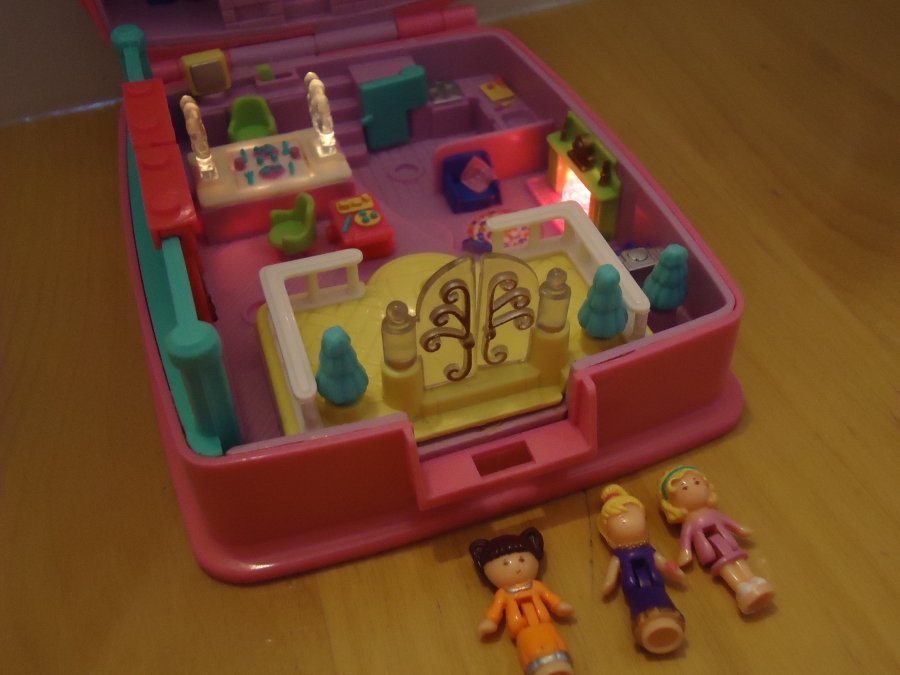

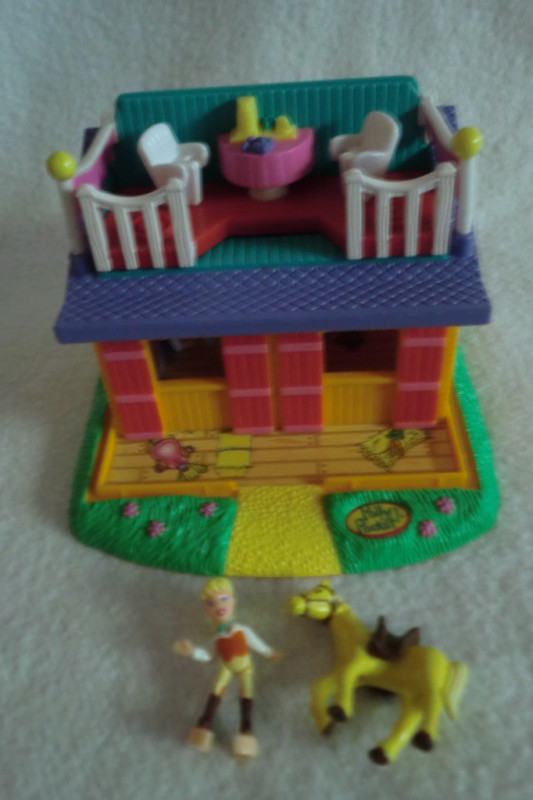
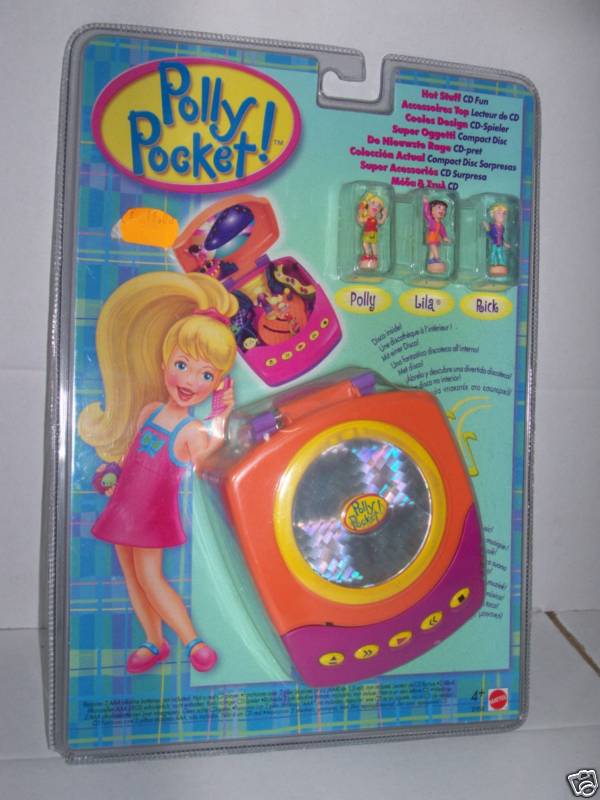
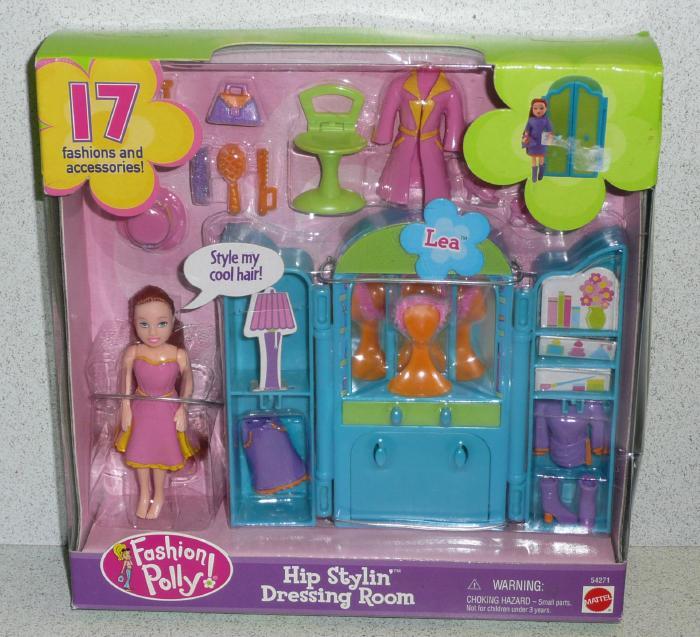


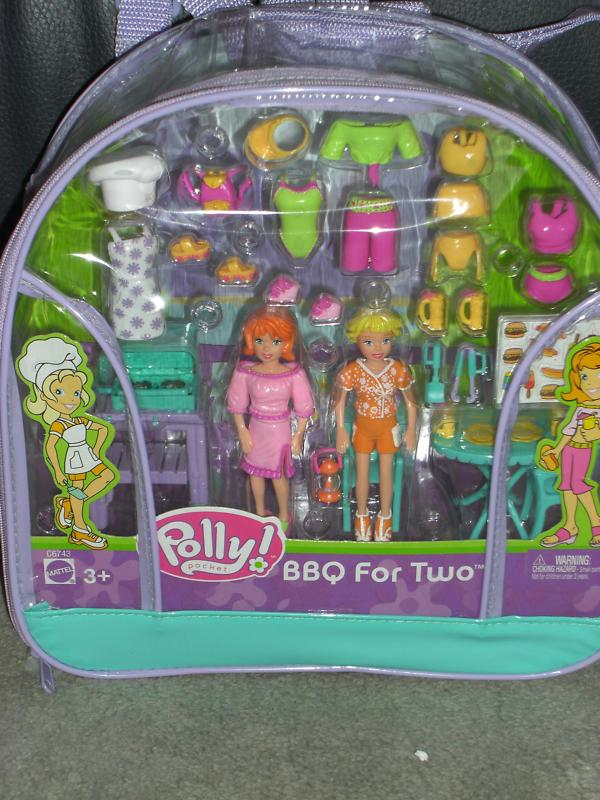
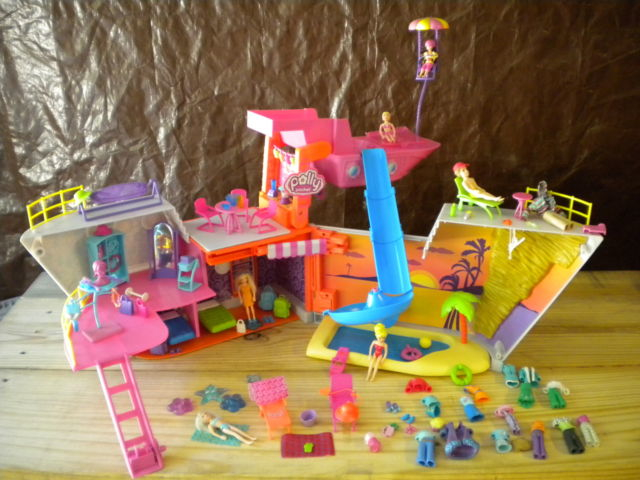
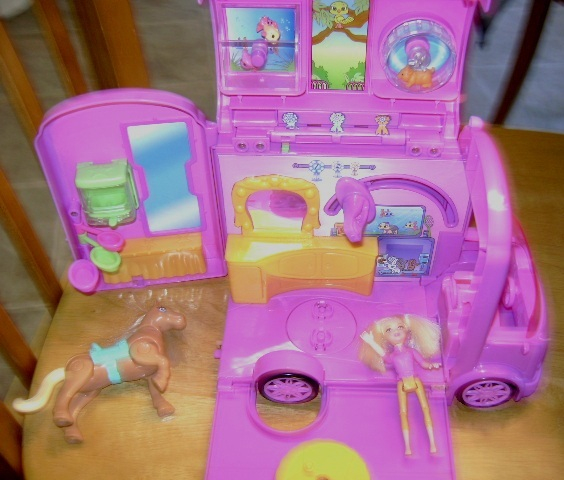
And the contemporary Pollys:
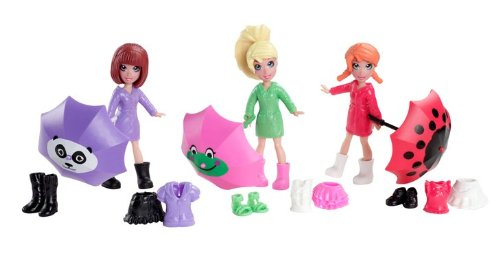
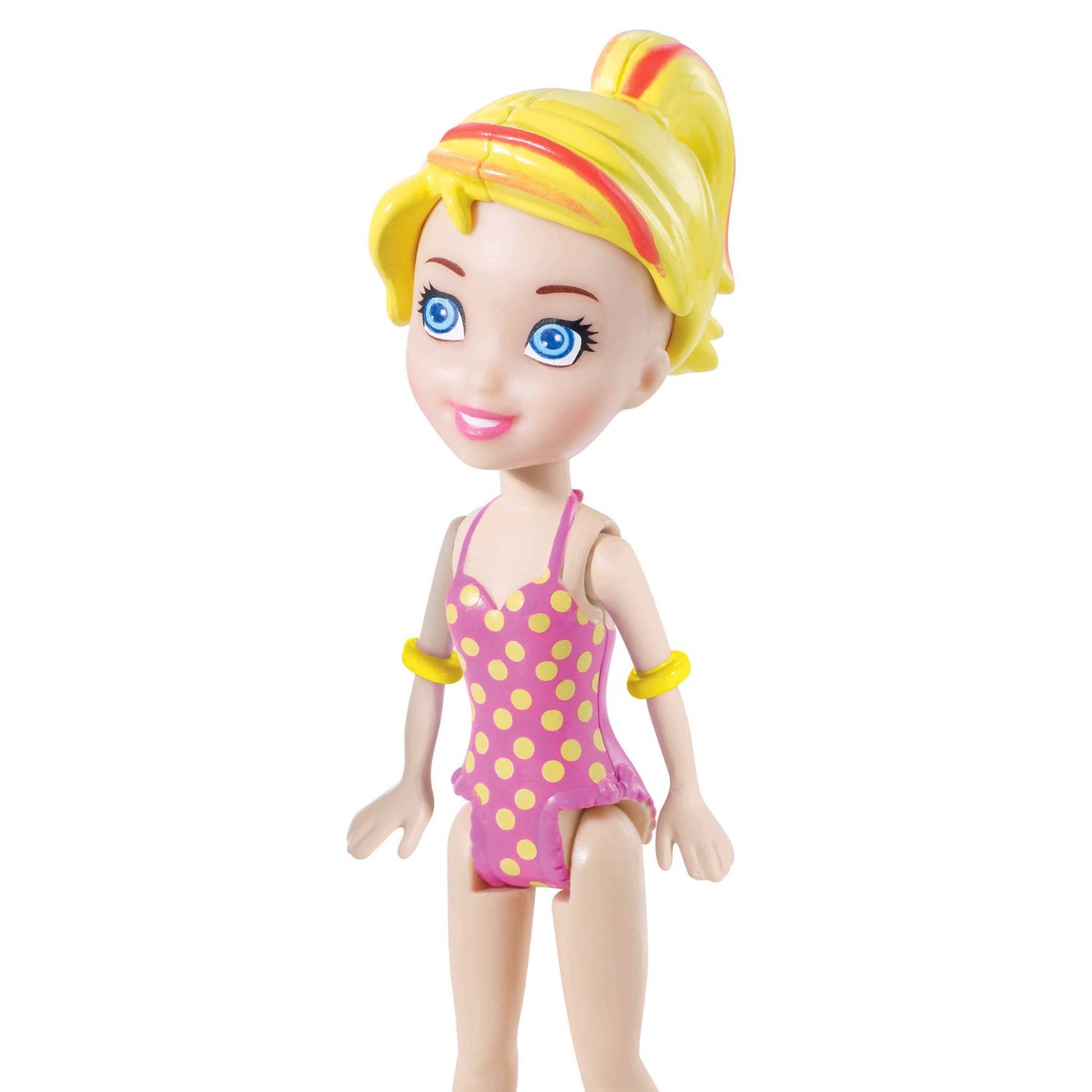

I’m finding this trend disturbing, to say the least.
How could playing with increasingly Barbiefied dolls NOT exacerbate young girls’ body dissatisfaction? How could the movement of toys toward ever sexier versions of themselves NOT contribute to the premature sexualization of young girls?
Maybe not for every child that plays with them, but certainly for some.
Further, what does it mean that toys (esp. toys that attempt to represent some kind of human figure) are trending toward consumptive activities in the way they’re packaged and presented? In other words, my Polly Pocket lived in a little apartment. She could have friends over and play house, go to work, hang out with her cat. Today’s Polly Pocket can change her clothes, ride on her luxury jet and go on a cruise. There’s something about her (not just her, but many toys) that celebrates consumption in a way that I’m not sure is pretty sure isn’t healthy.
What do you think? Do you find this trend disturbing? Am I being quixotic?
{You may enjoy the other posts in this series: The Evolution of Strawberry Shortcake, My Little Pony, Candy Land, Morton Salt & Coca-Cola, and G.I. Joe}






